The Airborne Forces Experimental Establishment was concerned with the technical development and experimental work relating to the transportation and delivery of airborne forces and their equipment.
Its origins can be traced back to the Central Landing School, formed at RAF Ringway in June 1940 as a result of Prime Minister Churchill’s direction to create a corps of parachutists. It was initially commanded by Squadron Leader LA Strange RAF and designed primarily as a parachute training school and experimentation centre.
On 19 September the Central Landing School was expanded into the Central Landing Establishment RAF, divided into a Parachute Training school, a Technical unit and a Glider Training Squadron. The tasks were to train parachute troops, glider pilots and aircrew for airborne operations, develop the tactical handling of airborne troops, carry out technical research and recommend requirements.
The Central Landing Establishment was renamed as the Airborne Forces Establishment in September 1941.
Following reorganisation, when the Parachute and Glider Training Squadrons were devolved, the Airborne Forces Establishment became solely concerned with development and experimental work. Its Headquarters, Technical Development Unit and Experimental Flight were merged to form the Airborne Forces Experimental Establishment in February 1942, and placed under the technical control of the Ministry of Aircraft Production (MAP). It relocated to Sherburn-in-Elmet in Yorkshire a few months later.
The unit was commanded by an RAF Group Captain, and staffed by RAF personnel for flying, maintenance and domestic duties. A civilian Chief Technical Officer (later known as Superintendant) was responsible for the direction and organisation of the experimental and development programme. During the wartime years the technical staff contained a significant proportion of military personnel but in the post war years became mostly civilian.
One of the early functions of the AFEE included undertaking loading trials to determine safe and efficient methods of stowing military stores and equipment within different aircraft types. However, capacity issues within AFEE required the formation of a separate unit to undertake the ground work, leaving AFEE free to conduct the air work. As a result the Airborne Forces Development Centre (AFDC) was established at Amesbury Abbey in 1943 and later evolved into the Army Air Transport Training and Development Centre (AATDC). The AATDC became part of the Joint Air Transport Establishment (JATE) in 1968.
Some of the most novel developments at the AFEE took place on rotary-wing aircraft during the war years. The first was an attempt to replace the parachute with a couple of blades which could rotate like an autogiro. This was abandoned and superseded by the Rotachute project, in effect a one man glider fitted with two auto rotating blades.
A further project applied these principles to create an airborne jeep with gliding characteristics. Towing trials behind road vehicles took place in 1943 and the first flight behind a powered Whitley occurred in 1944. However, by this time developments in glider heavy lift capacities and heavy drop parachuting techniques made the project redundant.
The establishment’s development work with a large number of aircraft for dropping parachutists included some novel tests such as twin door paratrooper exits from a Horsa glider and parachutists' pods suspended from the wings of a Fairey Barracuda. Each pod housed two parachutists, who were released by a trapdoor operated by the pilot. However, being cooped up in a small pod for a long flight did not have a good effect on the parachutists and the project was discontinued!
The first heavy equipment drop trial by the AFEE took place in 1943 with a Smith Anti-Tank Gun mounted on the bomb rack of a Wellington and was followed by trials on the Airborne Jeep and 6 Pounder Anti-Tank Gun mounted on a bomb rack of a Halifax. Trial and error on further drops resulted in the successful development of new heavy drop parachuting systems.
The Sherburn-in-Elmet airfield proved to be unsuitable for AFEE’s purposes, however a suitable alternative in Southern England was not immediately available and it was not until January 1945 that the AFEE was able to relocate to RAF Beaulieu in Hampshire.
During the post war period the AFEE, by now under the technical control of the Air Division of the Ministry of Supply, contained a large number of sections. These covered performance, paratroops, rotary-wing aircraft, research, engineering, design, instrument, photographic, administration and clerical, publications and workshop.
In 1945 the AFEE was appointed as the official testing station for prototype helicopters and other rotary-wing aircraft. The Sikorsky R-4 (Hoverfly I) was the first helicopter tested at the establishment.
The AFEE was disbanded in 1950, with the experimental and development functions transferred to the Aeroplane and Armament Experimental Establishment at RAF Boscombe Down.
Read More

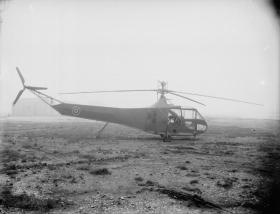
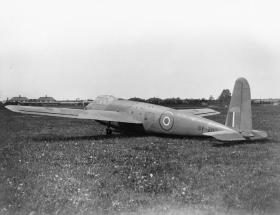
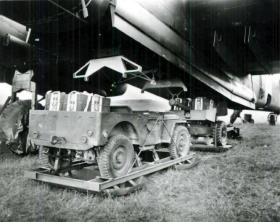
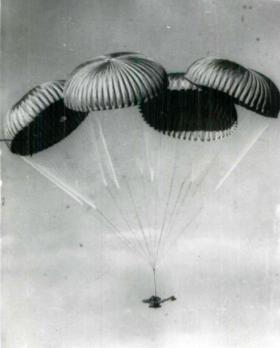
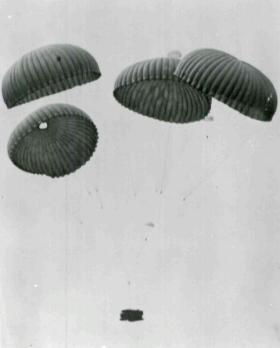
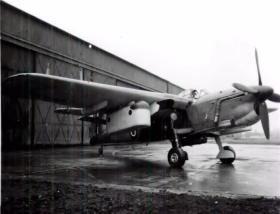
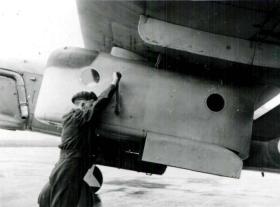
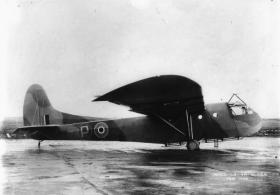
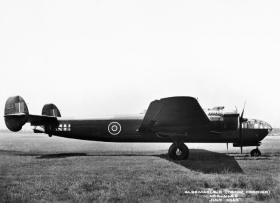
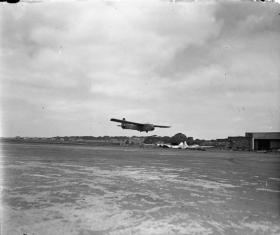
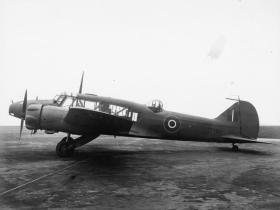

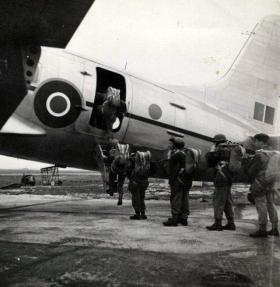
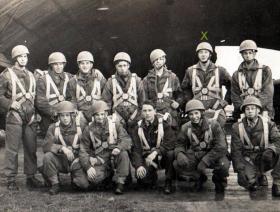
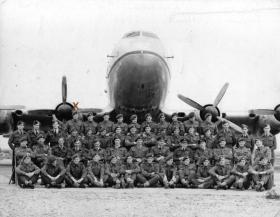
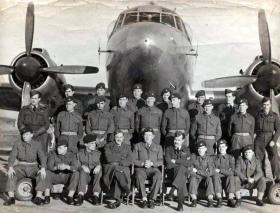
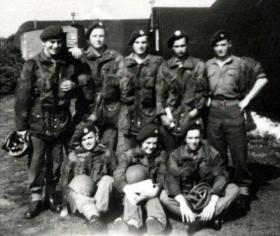
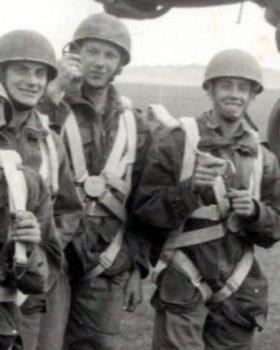
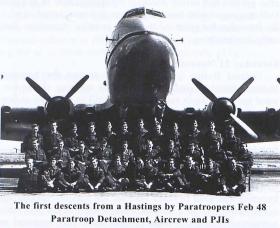
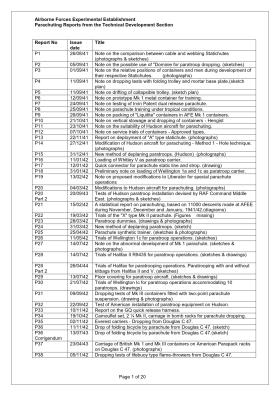
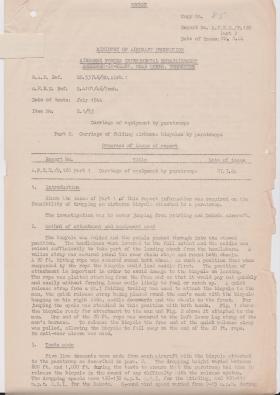
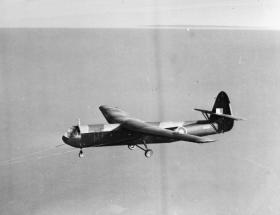
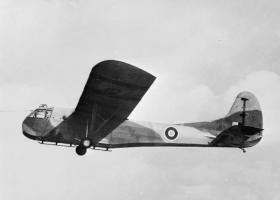
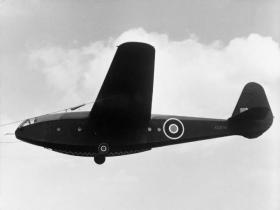
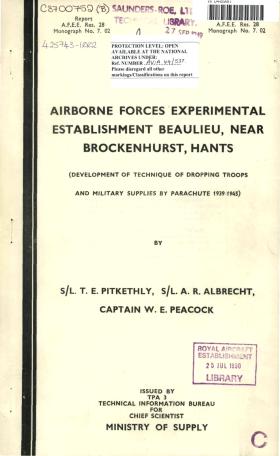
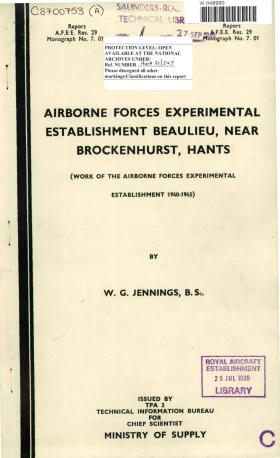
Latest Comments
There are currently no comments for this content.
Add Comment
In order to add comments you must be registered with ParaData.
If you are currently a ParaData member please login.
If you are not currently a ParaData member but wish to get involved please register.